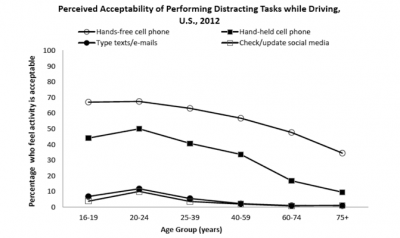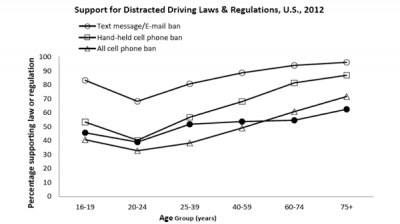Does your company have a policy that prohibits employees from using their mobile phone while driving on the job? If so, then you’re normal. In fact, 80% of employers today have adopted some type of policy pertaining to distracted driving.
Does your company have the ability to measure whether or not your employee drivers are complying with the documented policy? If not, then you’re normal. In fact, the vast majority of companies with distracted driving policies have zero ability to empirically measure compliance.
This, of course, is a serious business problem because “if you can’t measure it, you can’t manage it.”
The good news is that there are now simple tools that companies can use to modify employee driving behaviors. Products such as DriveCam, SmartDrive, Geotab, Inthinc and others provide real time feedback to drivers and automatically collect the data necessary to measure and manage driver compliance with company policy.
Furthermore, a new and innovative service called FleetSafer Vision has been developed to empirically measure employee use of mobile devices while driving. The inexpensive cloud-based risk management service correlates driving data from telematics systems and with mobile device usage data from carrier billing systems, email servers and other sources to measure cell phone use while driving.
So, why wouldn’t a company simply tell employees not to use their phones while driving? It’s a fair question, but unfortunately, when it comes to cell phone use while driving “telling someone to stop” is not sufficient to change his or her behavior.
Case in point. Check out the results of this recent FleetSafer Vision audit conducted on behalf of a large public utility company with a strong safety culture and a well-documented policy prohibiting use of mobile devices while driving. The audit itself was based on three weeks of driving data and device usage data, and the results quite sobering. 94% of the sample drivers violated the policy at least once during the three weeks and 43% of all trips had at least one cell phone distraction.
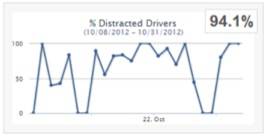

By simply studying the data that already exists, employers can see not only macro compliance trends but they can also spot very granular risks pertaining to specific employees, or even specific trips. Below is a visual representation of a single trip – from point A to B – including, for example, the near constant cell phone use that occurred during the trip.
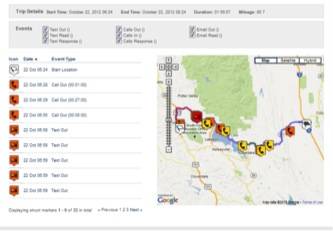
In summary, if you are an employer concerned about risk and liability associated with employee use of mobile devices while driving, then you can create a policy and (A) hope that your employees comply, or (B) know fro certain whether they comply. All you have to do is look at the big data.

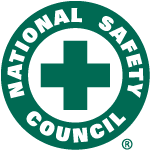 To fulfill this mission, the NSC partners with businesses, government agencies, elected officials and the public to focus where the most preventable injuries and deaths occur. As a result, the NSC has spearheaded many transportation safety initiatives, including those involving defensive driving, occupant restraints, speeding and drunk driving.
To fulfill this mission, the NSC partners with businesses, government agencies, elected officials and the public to focus where the most preventable injuries and deaths occur. As a result, the NSC has spearheaded many transportation safety initiatives, including those involving defensive driving, occupant restraints, speeding and drunk driving.
